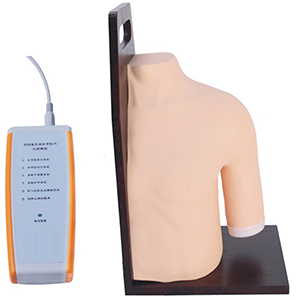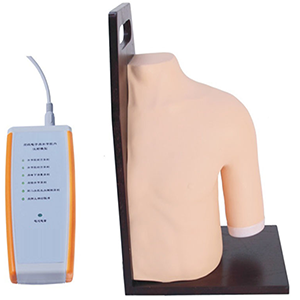ADA MED SUPPLY LIMITED
Phone:+86 19937901373
Tel:+86-0379-65160607
Email:adaanatomy@adaanatomy.com

Article tag: Intra shoulder injection model Joint injection model

As an important tool in modern medical education and clinical practice, the intramural injection model of shoulder joint has multiple values that cannot be ignored. From improving medical skills and ensuring patient safety, to driving innovation in teaching and optimizing treatment processes, the model has demonstrated profound positive impact.
First, the intracavity injection model of the shoulder joint plays a key role in improving medical skills. By simulating the real shoulder anatomy and injection environment, medical personnel can practice repeatedly in a risk-free environment, so as to master the skills and points of shoulder joint intravascular injection. This highly simulated training method not only improves the operational skills of medical staff, but also enhances their self-confidence and ability to cope with complex situations.

Secondly, the model also has irreplaceable value in ensuring patient safety. In practice, due to individual differences of patients, complex anatomical structure and other reasons, there is a certain risk of intramural injection of shoulder joint. By using the model for simulation training, medical personnel can be familiar with the injection process in advance and avoid complications or accidents caused by improper operation in the actual operation. This preventative safeguard not only protects the safety of patients, but also improves the overall quality of medical services.
In addition, the emergence of the model provides a new practice platform for medical education. Students can practice in a simulated environment, combining theoretical knowledge with practical operation, so as to better understand and master the knowledge. This teaching mode not only improves students' learning interest and enthusiasm, but also cultivates their practical ability and innovative thinking.
Finally, the treatment process was optimized. In the actual treatment, the medical staff need to spend a lot of time and energy to prepare the injection, find the right puncture point, etc. By using the model for simulation training, healthcare professionals can become more familiar with the treatment process, reducing unnecessary steps and time wastage in the actual operation. This optimization not only improves the efficiency of treatment, but also reduces the work burden of medical staff.
To sum up, the intracavity injection model of shoulder joint has demonstrated multiple values in improving medical skills, ensuring patient safety, promoting teaching innovation, and optimizing treatment processes. It is one of the important tools of modern medical education and clinical practice, and is of great significance for improving the quality of medical services and patient satisfaction.